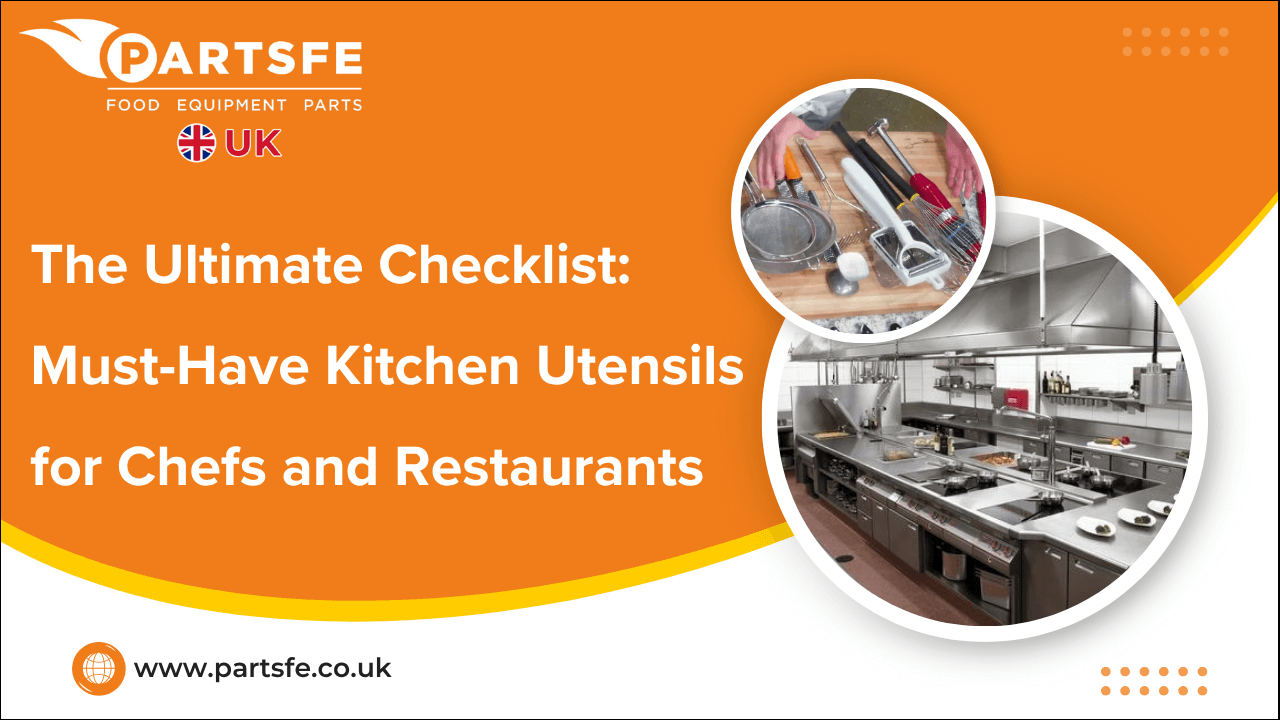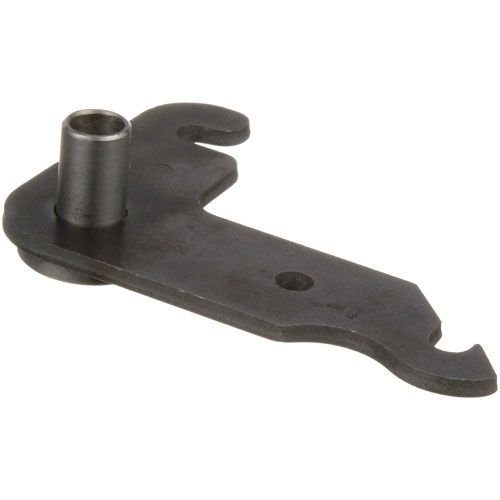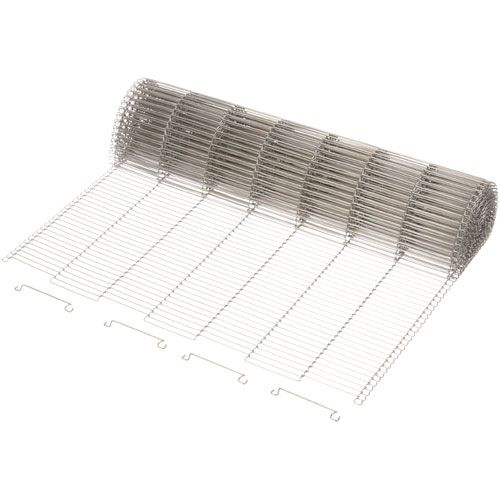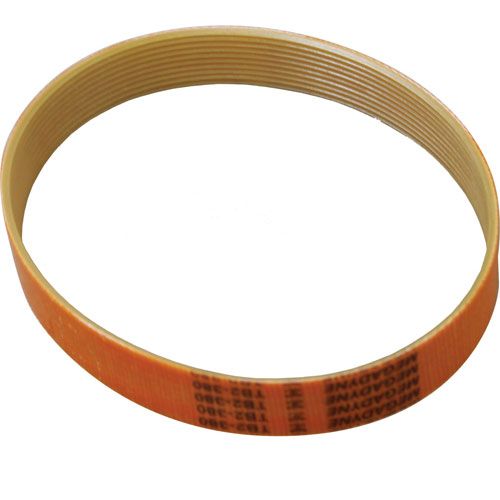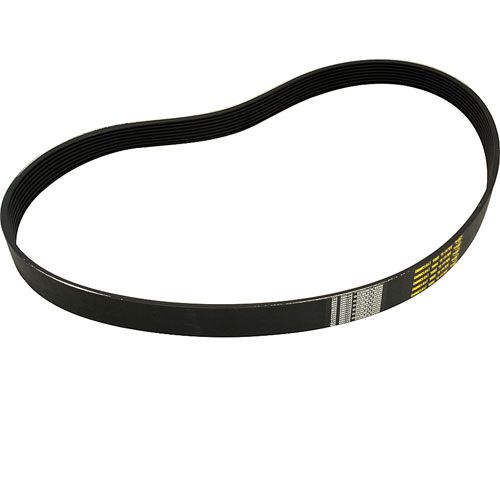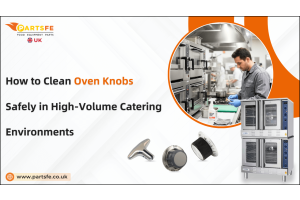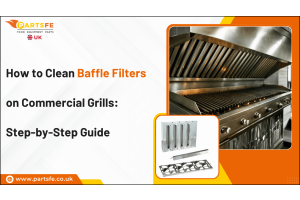The Ultimate Checklist: Must-Have Kitchen Utensils for Chefs and Restaurants
In the fast-paced world of culinary arts, a well-equipped kitchen is the key to efficiency, safety, and, ultimately, gastronomic success. For both professional chefs aiming for perfection in every dish and restaurants striving for seamless operations, having the right tools at hand is non-negotiable. This comprehensive guide delves into essential utensils, robust equipment, professional apparel, and crucial janitorial tools. Equipping your kitchen with these vital elements ensures that every culinary creation is executed with precision, every service runs smoothly, and the highest standards of hygiene are consistently met.
Core Kitchen Utensils Every Chef Needs
The foundation of any chef's prowess lies in their basic hand tools. These are the extensions of a chef's hands, enabling precision and speed in food preparation.
-
Chef’s knives & paring knives: A sharp, well-balanced chef's knife is arguably the most important tool in any kitchen. It's used for a vast array of tasks, from chopping vegetables to slicing meats. Paring knives, on the other hand, are indispensable for detailed work like peeling, trimming, and intricate garnishes.
-
Cutting boards: Multiple cutting boards of various sizes and materials are essential. Plastic boards, especially color-coded ones, are excellent for preventing cross-contamination between different food types.
-
Tongs: Versatile for flipping, turning, and serving, tongs are a chef's best friend for handling food with control.
-
Spatulas: A variety of spatulas, including rubber spatulas for scraping bowls, offset spatulas for delicate lifting, and fish spatulas for turning, are crucial.
-
Ladles: Essential for portioning soups, sauces, and stews, ladles come in various sizes to suit different serving needs.
-
Whisks: From balloon whisks for aerating sauces to flat whisks for scraping fond from pans, a range of whisks ensures smooth mixtures.
-
Graters: Box graters and microplanes are necessary for grating cheese, zesting citrus, and preparing various ingredients.
-
Peelers: A sharp, comfortable peeler makes quick work of preparing fruits and vegetables.
-
Kitchen scissors: Heavy-duty kitchen shears are surprisingly versatile for tasks like snipping herbs, cutting poultry, or opening packaging.
Kitchen Essentials Beyond Utensils
While the primary utensils handle the cutting and mixing, several other smaller items are critical for accurate measurements, proper food handling, and efficient storage. These kitchen essentials and tools ensure consistency and adherence to recipes.
-
Measuring cups and spoons: Accurate measurements are vital for consistent recipe execution. Both dry and liquid measuring cups, along with a complete set of measuring spoons, are indispensable.
-
Mixing bowls: A nested set of mixing bowls in various sizes, preferably stainless steel for durability and hygiene, is essential for prepping ingredients, mixing batters, and marinating.
-
Food thermometers: Food safety is paramount. Instant-read thermometers and probe thermometers are crucial for ensuring food reaches safe internal temperatures and for precise temperature control in cooking.
-
Timers: Multiple timers, either stand-alone or integrated into ovens, help manage various cooking processes simultaneously, preventing over- or undercooking.
-
Scales: Digital kitchen scales provide precise measurements for ingredients, which is particularly important in baking and for consistent portioning.
-
Squeeze bottles: Ideal for portioning sauces, oils, and garnishes, allowing for quick and clean application.
-
Storage containers: A wide array of food storage containers, including vegetable crispers, large ingredient bins, and dough boxes, are necessary for organized and safe storage of prepped ingredients and leftovers, minimizing waste and adhering to health codes.
Must-Have Mixers and Blenders
For any kitchen that deals with a significant volume of food preparation, specialized mixing and blending equipment is critical for efficiency and consistent results.
-
Stand mixers for dough and batters: Commercial-grade stand mixers are workhorses in a busy kitchen, capable of handling large quantities of dough for bread and pastries and batters for cakes and desserts. Their power and capacity are essential for bakeries and restaurants with extensive dessert menus.
-
Hand mixers for small prep: While stand mixers handle large tasks, handheld immersion blenders are invaluable for smaller, quick tasks like blending soups directly in the pot, emulsifying sauces, or pureeing small batches of ingredients. Their portability and ease of cleaning make them highly efficient.
-
Commercial blenders for sauces and smoothies: Heavy-duty commercial blenders are designed for continuous use and can handle everything from silken sauces and purees to frozen drinks and smoothies. Their powerful motors and durable construction ensure smooth and consistent results.
-
Immersion blenders for soups and purees: As mentioned, immersion blenders are excellent for blending hot liquids directly in the pot, eliminating the need to transfer hot ingredients to a conventional blender, thus reducing spills and cleanup time.
Kitchenaid Blender Accessories: Here's Everything You Need to Know
Professional Chef Apparel
Beyond the tools for cooking, the attire worn by kitchen staff plays a crucial role in hygiene, safety, and professionalism.
-
Chef coats & aprons: Chef coats, typically double-breasted and long-sleeved, offer protection from heat and spills. They are often made from durable, breathable fabrics. Aprons, whether bib or waist styles, add an extra layer of protection for clothing and can be easily removed and cleaned.
-
Kitchen-safe shoes: Non-slip, closed-toe shoes with good arch support are essential for safety in a busy kitchen environment where spills are common and long hours on feet are standard.
-
Hairnets & caps: Strict hygiene standards require chefs and kitchen staff to wear hairnets or hats to prevent hair from falling into food.
-
Heat-resistant gloves: Oven mitts and specialized heat-resistant gloves are necessary for handling hot pots, pans, and trays safely, preventing burns and injuries.
Janitorial Essentials for Kitchen Hygiene
Maintaining impeccable hygiene is paramount in any commercial kitchen, not just for food safety but also for regulatory compliance and overall operational efficiency. A dedicated set of janitorial tools and supplies is crucial.
-
Mops and buckets: Commercial-grade mops and dedicated mop buckets are essential for daily floor cleaning. Separate mops and buckets should be used for kitchen areas versus dining or restroom areas to prevent cross-contamination.
-
Sanitizers and sprays: A variety of commercial-grade cleaning products are needed, including degreasers for grease buildup on surfaces and equipment and food-safe sanitizers for disinfecting countertops, cutting boards, and frequently touched surfaces.
-
Trash bins and liners: Ample trash cans and recycling bins, strategically placed throughout the kitchen, are necessary for proper waste disposal. Heavy-duty, leak-resistant liners are crucial for containing waste and preventing odors and pests.
-
Scrubbers, gloves, and sponges: A range of scrubbers and sponges with varying abrasiveness is needed for different cleaning tasks, from heavy-duty scrubbing to delicate cleaning. Rubber gloves are indispensable for protecting staff's hands from harsh chemicals and hot water during cleaning.
-
Three-compartment sinks: Health codes typically require a three-compartment sink for washing, rinsing, and sanitizing dishes and utensils. This system ensures thorough cleaning and adherence to hygiene standards.
-
Brooms and dustpans: For quick clean-ups of debris on floors throughout the day.
-
Wet floor signs: Essential safety equipment to alert staff and others to potential slip hazards after cleaning.
Utensil Maintenance Tips
Maintaining kitchen utensils properly not only extends their usability but also enhances kitchen safety, hygiene, and efficiency.
|
Aspect |
Guidelines |
|
Proper cleaning and storage |
Wash knives by hand with warm, soapy water; dry thoroughly; store in a knife block or strip. Most utensils are dishwasher safe and dry before storing. |
|
When to replace worn utensils |
Inspect tools for cracks, rust, chips, or dullness. Replace grooved plastic boards, bent tongs, and dull knives to prevent accidents and ensure hygiene. |
|
Organizing for efficiency |
Assign specific stations for utensils. Use racks and drawers for easy access. Color-code cleaning supplies and store them separately from prep areas to maintain hygiene. |
|
Routine audits |
Regularly check for clutter, broken items, or low inventory. Replace or repair as needed to maintain workflow and kitchen standards. |
Why Smart Kitchen Equipment is the Ultimate Key to Restaurant Success
Investing in the right tools and maintaining them meticulously is a foundational principle for any successful culinary operation. By prioritizing this, restaurants and chefs can significantly improve their workflow, leading to increased efficiency and faster service. Ultimately, well-maintained, high-quality tools directly contribute to superior food quality and consistency, which is the hallmark of any reputable culinary establishment. PartsFe UK is a trusted supplier of high-quality catering spares and restaurant equipment parts. We offer a wide range of OEM and compatible parts for commercial kitchens, including Dishwasher Parts, Fryer Parts, Griddle & Grill Parts, Ice Machine Parts, Oven Parts, and Plumbing Parts.
FAQs
How often should kitchen utensils be replaced in a commercial kitchen?
It depends on usage, but commonly used tools like knives and spatulas should be inspected weekly and replaced or sharpened every 3–6 months for safety and efficiency.
What materials are best for commercial kitchen utensils?
Stainless steel is preferred for its durability and resistance to corrosion. Silicone and heat-resistant plastic are also used for non-stick cookware compatibility.

